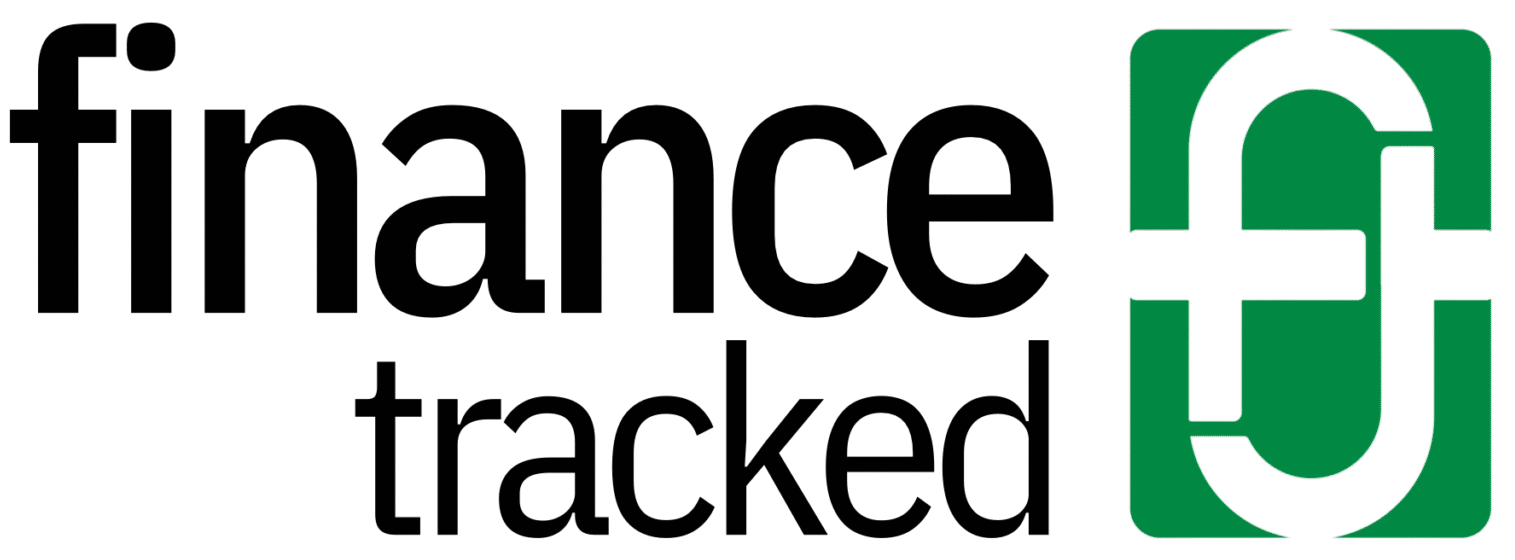The number of freelance employees reached 20 million Americans in 2024, and this group contributes about $1.5 trillion to the U.S. economy. However, these non-employed workers have a retirement savings crisis that conventional financial planning cannot resolve.
While W-2 employees enjoy automatic payroll deductions and employer matching contributions, freelancers confront a stark reality. According to Due, only 13% participate in retirement plans compared to 75% of traditional employees. The result? More than half of self-employed people are on track for retirement poverty.
This isn’t just about lacking benefits. It’s about recognizing that freelancers operate in an entirely different financial ecosystem that demands specialized strategies.
The Income Volatility Challenge
The most fundamental difference between freelancers and W-2 workers lies in income predictability. Traditional employees can safely commit to contributing 10-15% of their salary because that salary arrives like clockwork. Freelancers go through the dreaded feast-famine cycle, whereby one month there is a significant change in the amount of money earned.
Retirement savings are psychologically affected by this volatility. It seems impossible to save money decades in the future when you do not even know when you will receive your next paycheck. But this uneven income is, in fact, rendering retirement planning more important, rather than less.
Higher Tax Burden, Different Opportunities
According to Solid Gigs, freelancers pay 15.3% in self-employment taxes—covering both the employer and employee portions of Social Security and Medicare taxes that W-2 workers split with their employers. This additional tax burden of 7.65% immediately reduces available income for retirement savings.
Nonetheless, freelancers have tax benefits that employees do not have. The expenses of the business, home office, buying of equipment, and above all, the retirement contributions can be deducted, which may substantially decrease the taxable income. To take an example, when a freelancer in the 22 percent tax bracket makes a contribution of $5,000 to a SEP IRA, which saves him or her $1,100 in taxes, he or she is paid to save money to retire.
No Safety Net Means Higher Savings Targets
W-2 employees often enjoy employer-sponsored health insurance, disability coverage, and sometimes pension plans. Freelancers must self-fund all these protections while also building larger emergency funds. According to File Later, financial experts recommend freelancers maintain 6-12 months of expenses in emergency savings compared to 3-6 months for traditional employees.
This reality means freelancers need to save higher percentages of their income for both short-term security and long-term retirement. The traditional “save 10% for retirement” advice becomes inadequate when you’re also funding health insurance, disability coverage, and a larger emergency cushion.
Retirement Account Superpowers
Nevertheless, freelancers, in fact, are able to access more powerful tools of retirement savings as compared to the majority of W-2 workers. For example, Solo 401(k) enables freelancers to make contributions as both an employee and an employer, with the possibility of a maximum contribution of $70,000 in 2025 ($77,500 if over 50). It is three times greater than the normal 401(k) worker contribution amount.
SEP IRAs offer similar high contribution limits, up to 25% of net earnings or $70,000, with minimal administrative burden. For freelancers earning $100,000+ annually, these vehicles can accommodate aggressive catch-up savings that traditional employees simply cannot match.
The Roth IRA option becomes particularly attractive for freelancers in lower-earning years. Contributing after-tax dollars when income is temporarily reduced creates tax-free growth for decades.
Strategic Implementation Framework
Successful freelancer retirement planning requires abandoning fixed-dollar thinking in favor of percentage-based strategies. Instead of committing to “$500 monthly,” smart freelancers allocate 15-20% of each client payment directly to retirement accounts.
The key is automation with flexibility. Set up systems to immediately transfer percentages upon payment receipt, but adjust the percentage seasonally based on your income patterns. Many freelancers can save 25% during high-earning periods and reduce to 10% during slower months.
Consider the “three-bucket” approach: establish separate percentages for taxes (25-30%), emergency fund building (5-10%), and retirement savings (15-20%). This systematic approach ensures all critical areas receive funding regardless of income fluctuations.
Healthcare and Social Security Reflections.
The freelancers have to budget for the healthcare expenses that the W-2 workers seldom consider. Medicare does not start till 65 years of age, so independent workers will have to have their own insurance plans to fill the possible gaps. Health Savings Accounts are effective triple-tax-favored retirement plans when combined with high-deductible health plans.
Freelancers who undervalue income or have irregular years of earnings should also receive reduced Social Security benefits. The benefits are determined by the maximum 35 years of earnings, and hence freelancers must keep their income records straight and look into extra savings towards retirement to offset the benefits.
Creating Your Retirement Strategy as a Freelancer.
Start by calculating your true net earnings after all business expenses and self-employment taxes. This becomes your baseline for retirement planning calculations. Choose retirement accounts based on your income level: Roth IRAs for lower-earning years, Solo 401(k)s for higher incomes, and SEP IRAs for maximum simplicity.
Treat retirement savings as a non-negotiable business expense, not an optional luxury. Automate transfers immediately upon payment receipt, and increase contributions during profitable months rather than trying to maintain consistent dollar amounts.
Most importantly, begin immediately, even with small amounts. The power of compound growth means that starting with $100 monthly at age 25 can build more wealth than starting with $500 monthly at age 35.
The Bottom Line
Freelancers don’t need traditional retirement advice; they need strategies built for their unique financial reality. When freelancers embrace percentage-based savings, they can maximize tax-advantaged accounts and plan for higher overall savings rates. Independent workers can actually achieve superior retirement outcomes compared to traditional employees.
The point is that freelancer financial planning is not related to the modification of employee plans; it is the development of absolutely new systems aimed to help with the income instability, tax optimization, and self-managed benefits. Freelancing is easier said than done, and with a perfect command of such strategies, those who excel in their version end up finding the challenges of freelancing a benefit in retirement planning.



